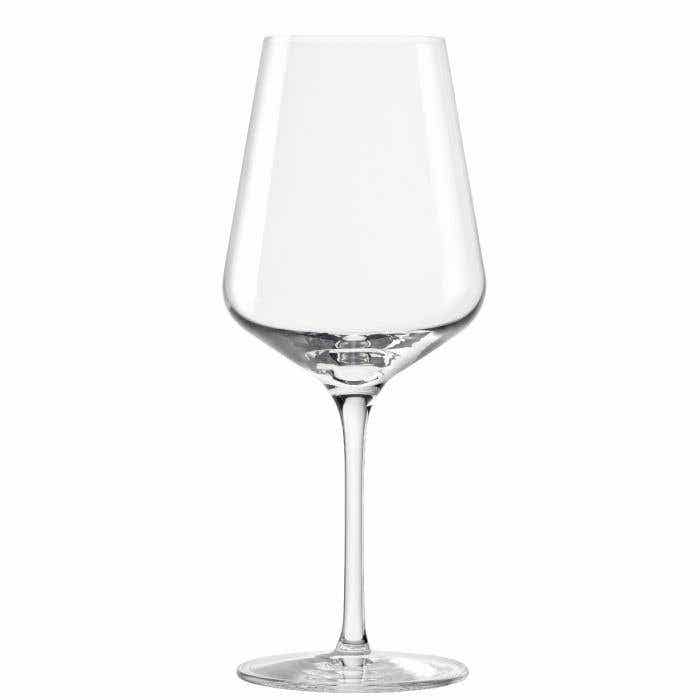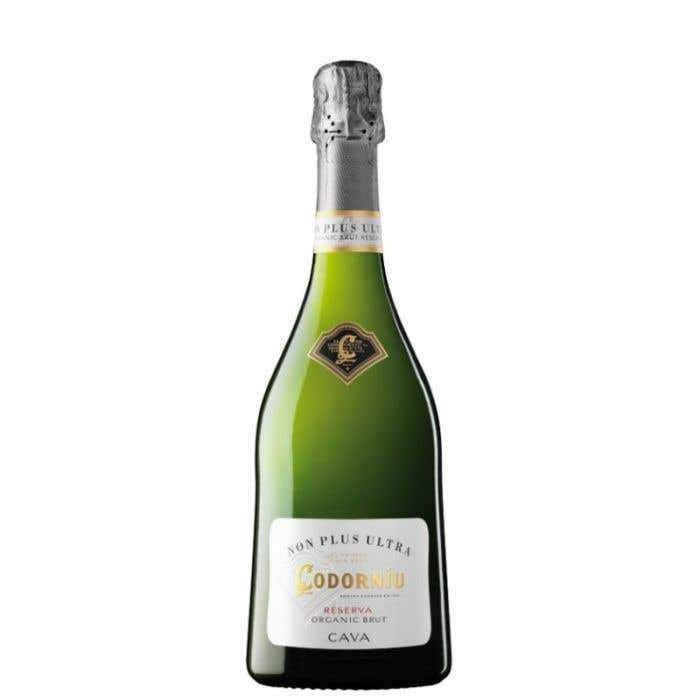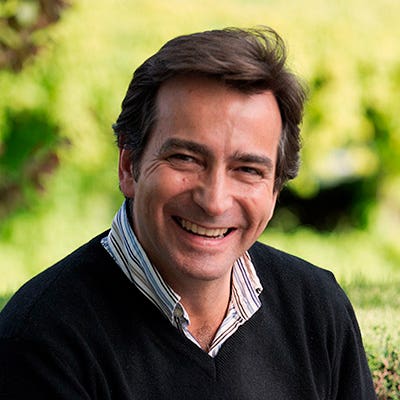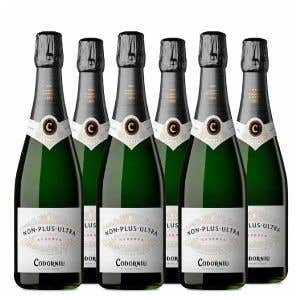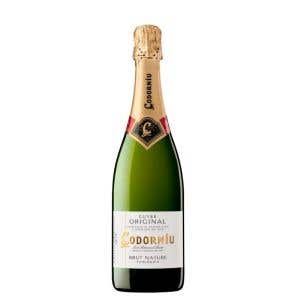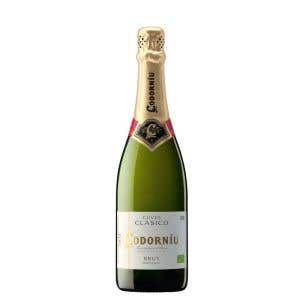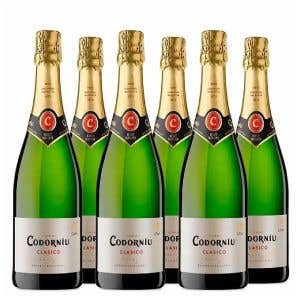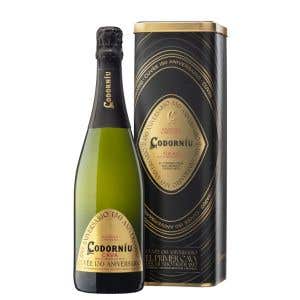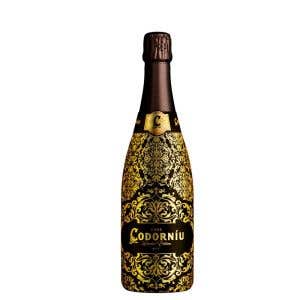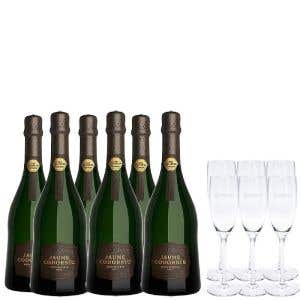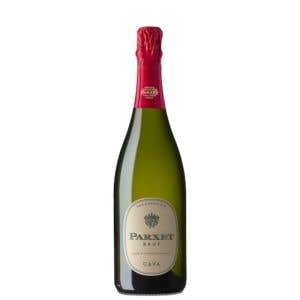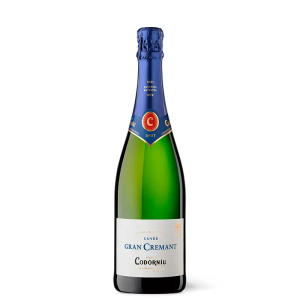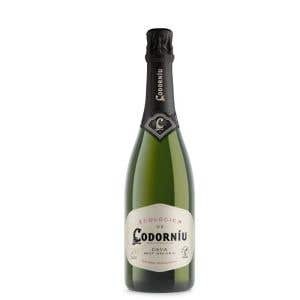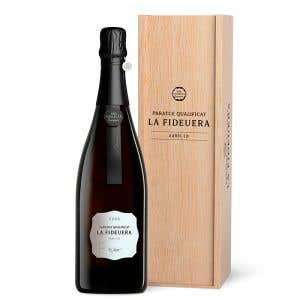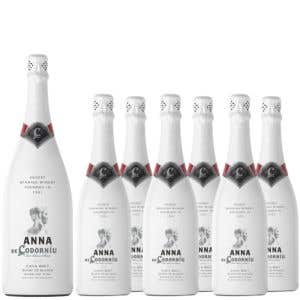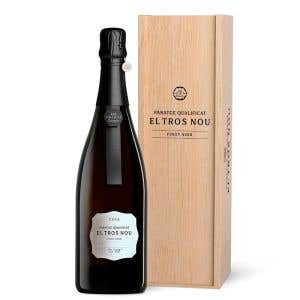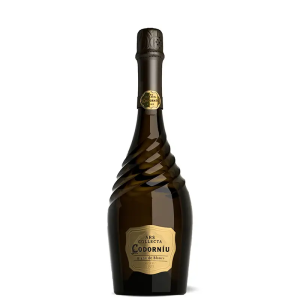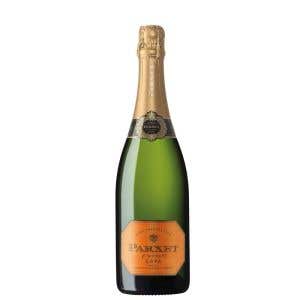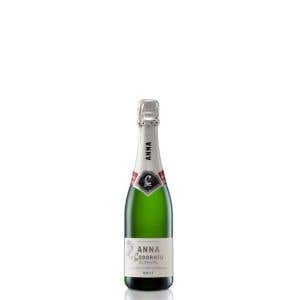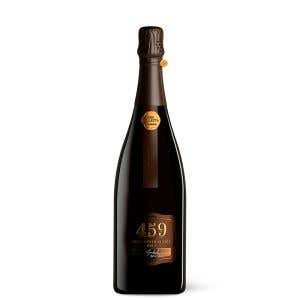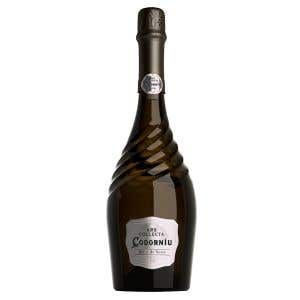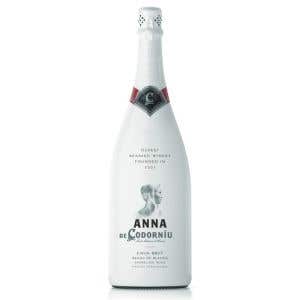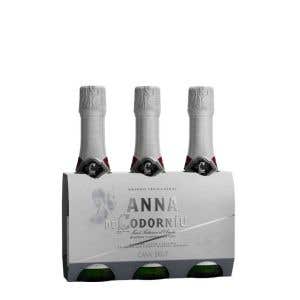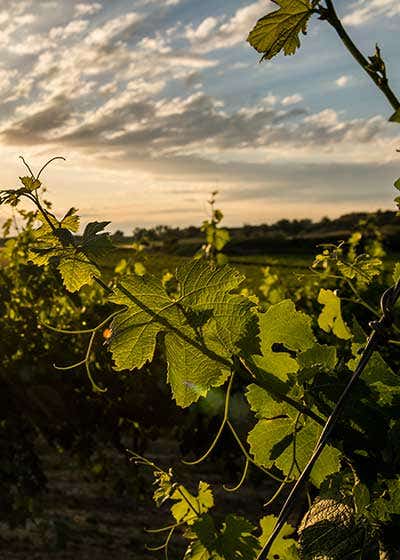

Non Plus Ultra is the traditional cava par excellence. It is the cava with the longesthistory in Spain. Created in 1897 as the first cava brut, it continues to make historyby being the first organic cava with 18 months of ageing. It combines the traditionalgrape varieties with elegance, balance and distinction.
View
Non Plus Ultra is a cava with anelegant pale colour and fine mousse.
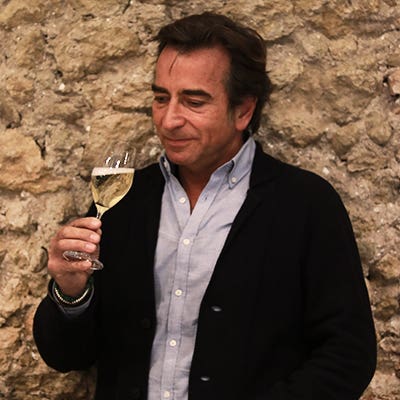

Nose
Itstands out for being particularly freshand clean and for the great balancebetween the varietal aromas (citrus,apple, almond blossom) and aromasfrom its ageing of more than 15 months in contact with the lees (nuts,honey, toast).
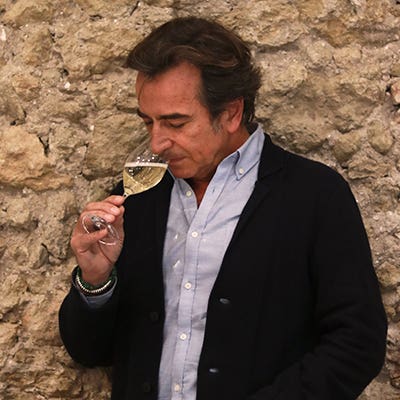

Palate
On the palate it iselegant and creamy. It stands out forits freshness and persistence.
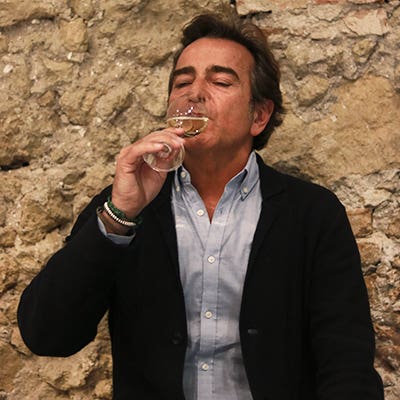

Varieties and Analysis
Yes
Contains sulfites11.5-12%
Alcohol volume (%)D.O. Cava
Designation of OriginMacabeo, Parellada, Xarel·lo
Variety/CoupageCava
ProductYes
Suitable for vegansThe Winery
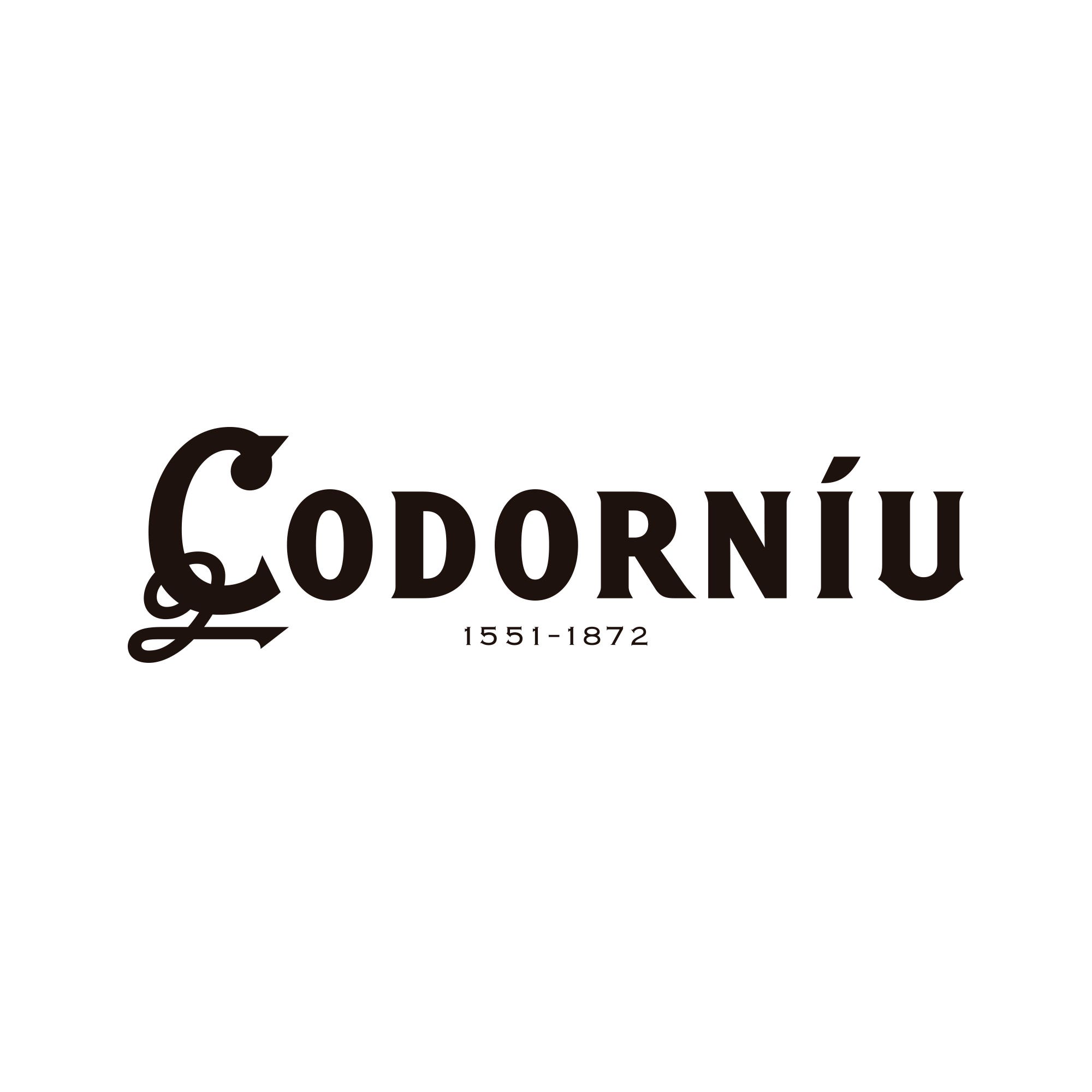

The history of Codorníu is the story of 18 generations of a vine growing family. In 1872, Josep Raventós made the first bottle of cava, applying the traditional method to a blend of the grape varieties of Penedès: Macabeo, Xarel·lo and Parellada. Codorníu reflects the history, tradition, passion and expertise of a family winery with more than 450 years of history, which today continues to maintain its leading position in the production of quality wines and cavas. His cellars in Sant Sadurní d’Anoia were declared a National Historic Artistic Monument in 1976, as one of the key works of Catalan modernism, created by Puig i Cadafalch.
Elaboration - Vinification
Once we had decided upon the right moment to harvest each variety, we fermented the musts of each variety seperately at between 15º and 17º, after destemming and gentle pressing.
Once the fermentations were complete, we decided up on the blend for the base wine and the resulting wine was bottled along with the liqueurde tirage. The bottles under went second fermentation followed by a period of ageing in contact with thelees in our underground cellars at aconstant temperature (15-17°C) over at least 18 months, converting Non Plus Ultra into a Reserva Cava. This is the so-called traditional method. Finally, disgorgement took place and theliqueur d'expedition was added todetermine its brut dosage.


Vineyard - Viticulture
The grapes used in Non Plus Ultra are the traditional cava grape varieties: avery careful selection of Macabeu, Xarel·lo and Parellada. All come fromorganic vineyards in Penedès.
We select both the grapes and the areas, so that the former (the grapes) express the best of the latter (the areas). The Mediterranean climate of the area allows the grapes to ripen earlier, guaranteeing a good level of acidity, freshness and citrus and floral aromas. Macabeu: The Macabeu grapes come from organic vineyards in the foot hills of Montserrat. It is an area with more frequent rainfall and a very widethermal range. These factors are key indetermining its very distinctive level ofripening and aromatic expression. Xarel·lo: It comes from vineyards that are within the limits of Baix Llobregat and the Penedès depression, in areas close to the Foix Natural Park, to Garraf and Olerdola, from organic vineyards. The poor, chalky soils are more compact and marine fossils have been found there. The vineyards are surrounded by wild vegetation, with the typical Mediterranean scrub of herbs such as rosemary, thyme and European fan palm, which give the wines a very particular character. These areas also benefit from the "marinada" the current of air that comes from the coast, regulating the Mediterranean climate and refreshing the vineyards during the hottest nights of the summer. This helps this variety to ripen better here than almost any where else in the area. Parellada: It comes from high altitude organic vineyards in Pla de Manlleu. In the middle of a rural and mountainous landscape, between pine and holm oak forests, a great small island of vines can be found growing at more than 500 metres. These are the altitudes from which Parellada is best adapted and expresses its most genuine floral expression. In addition, the soils of this area are characterised by their content in chalky marl, as a differentiating factor. Marls are sedimentary rocks that are composed of fractions of clay and carbonate, generally calcium carbonate. All the varieties were cultivated using organic farming techniques throughout the whole cycle. All of them come from vineyards that were certified organic (by CCPAE) and also as guarda superior (by the CR Cava.)

